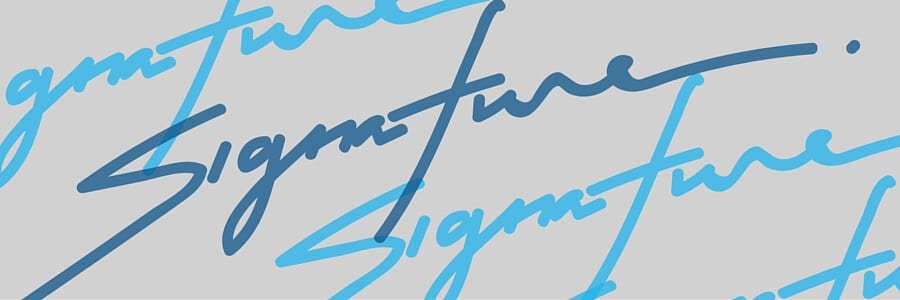By Steuart Bruce, Principal, Banking & Financial Services
We always talk about millennials. And rightly so – they’re quite the disruptors.
But there’s a different generation that’s about to start making waves of its own: Baby Boomers.
As the baby boomers (people ranging from age 56-74) age, the US is going to witness the largest passing of wealth in history.
And if that doesn’t get your attention, maybe this will: Sixty-six percent of kids do not stay with their parents’ wealth advisors after the inheritance.
I think you can connect the dots here. Starting within the next five years, there will be a lot (multiply 66% of abandoned relationships by the number of beneficiaries per parent!) of customers looking for new banks.
The choice isn’t easy either. Fintechs changed the face of banking. Their socially-enabled experience, easy-to-use mobile capabilities, and lower fees captivate customers. They are the new competition and from what I’ve seen, traditional banks are in danger.
We have implemented onboarding solutions for years and frequently struggle with a gap during the closing table steps. Banks have automatic underwriting engines, business rules for automatic decision-making, workflows that optimize processes with parallel and compliant steps and post-signature audit reviews, and operational dashboards and analytics. Throw in a partridge and a pear tree and you have yourself a whole song! So why the gap at the closing table?
Wet signatures are to blame. For a long time, they were a critical cog in the contracting wheel for banking. Whether it was internal acknowledgments for loan approvals, a signature card to prevent check fraud, or client onboarding agreements, the signature process remained stagnant.
Print Deliver to Client Sign Countersign Return to Bank File
This traditional process of gaining signatures by mail, fax, or secure mail is reliably slow. Several-days-to-over-a-week kind of slow.
When the baby boomers’ wealth starts to trickle down the generations, your new customers will not put up with slow transactions.
But alas, this is where the protagonist of the story enters: e-signatures.
All of our clients currently have a strategy underway for cloud and e-signature. We showed them the value of kicking traditional methods to the curb, to give fintechs a run for their money. Implementing electronic signatures in wealth management reduces the signing process to a maximum of several hours. Imagine dropping five days off your onboarding process by simply changing to electronic signatures in wealth management transactions.
There’s about to be a huge number of people looking for a new bank. Will your onboarding process give them a great first impression or make them bail before it’s even complete?
To learn more, watch our webcast 5 Ways to Streamline Your Onboarding Process. With our partner, eSignLive by Vasco, we highlight how you can leverage mobile, personalization, e-signature, analytics, and cloud to ensure your customers don’t have a bad onboarding experience.

